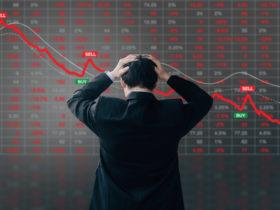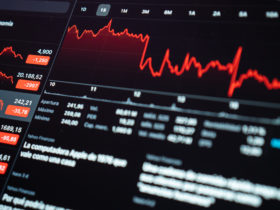WEEKLY REPORT
The Indian market erased some of the previous week’s losses, rising 1 percent in the volatile week amid positive data points, including a 17-year high manufacturing PMI, a services PMI at a 15-year high, GST rate reforms, continued DII buying, and supportive global markets on the expectation of a rate cut by the Fed.
For the week, the BSE Sensex index rose 901.11 points or 1.12 percent to finish at 80,710.76, while Nifty50 added 314.15 points or 1.28 percent to close at 24,741.
During the week, Mahindra and Mahindra added the most in terms of market value, followed by Bajaj Finance, Reliance Industries, and HDFC Bank. On the other hand, Tata Consultancy Services, Infosys, and HCL Technologies lost most of their market capitalization.
Among sectors, the BSE Metal index added nearly 6 percent, the BSE Auto index rose 5.2 percent, the BSE Consumer Discretionary index gained 3.6 percent, while the BSE Information Technology index shed 1 percent.
All the broader market indices ended with gains; the BSE Large-cap index rose 1.4 percent, the BSE Mid-cap index went up 2 percent, and the Small-cap indices also gained 2.5 percent this week.
Selling from Foreign Institutional Investors (FIIs) continued 10th consecutive week, as they sold equities worth Rs 5,666.90 crore. On the other hand, Domestic Institutional Investors (DII) continued their buying in the 21st consecutive week, as they bought equities worth Rs 13,444.09 crore.
Indian rupee ended lower for the second consecutive week, hitting a fresh record low of 88.36 against the US dollar. The domestic unit closed 6 paise lower at 88.26 per dollar on September 5 against the August 29 closing of 88.20. During the week, the Indian rupee traded in the range of 87.98 – 88.36.
ECONOMY
Global food prices are high due to demand
World food prices hovered around their highest level in more than two years in August, as costlier meat, sugar, and vegetable oil offset cheaper cereals and dairy products, the United Nations’ Food and Agriculture Organization (FAO) said. The FAO Food Price Index, which measures changes in the price of a basket of food staples traded internationally, stood at 130.1 points in August, compared with a revised 130.0 in July. It was 6.9% higher than a year earlier.
India’s service sector hit 15 15-year high
India’s services sector growth accelerated to a 15-year high in August on robust demand, which also pushed prices higher at the fastest rate in over a decade. Export orders grew at their fastest pace in 14 months, while business confidence climbed to a three-month peak. That comes after official data showed Asia’s third-largest economy grew at a much-higher-than-expected 7.8% rate last quarter. But the Trump administration’s steep 50% tariff on U.S. imports of Indian goods threatens to dampen growth in the coming quarters.
STOCKS IN NEWS
Mahindra & Mahindra
M&M shares went up over 11 percent this week, after the GST Council approved a slew of reforms to the tax regime. The sharp rise in the share prices pushed the Nifty Auto index up. During its meeting, which concluded on September 3, the Goods and Services Tax (GST) Council reduced the GST rate on all small cars from 28 percent to 18 percent.
Ola electric
The shares of Ola Electric gained over 6.5 percent this week, largely supported by a sharp surge of over 16% on September 1. This is due to the optimism from the SCO summit in China and the proposed GST reforms expected to boost EV sales. Although the stock dropped nearly 8% intraday on September 5 due to profit booking, the earlier gains overshadowed the decline.
Varun Beverages
The shares went down 3.18 percent over the week. All the fast-moving consumer goods (FMCG) shares ended in the red this week. This is after the Council approved limiting slabs to 5 percent and 18 percent, effective from September 22, bringing down prices of commonly used items such as food products, personal care items, ice creams, and consumer durables.
Trent
The shares went up 3.43 percent this week after the Goods and Services Tax (GST) Council reduced the GST rate on apparel priced up to Rs 2,500 to 5 percent. Previously, apparel priced up to Rs 1,000 fell under the 5 percent tax bracket, while those beyond that were charged 12 percent GST. However, the GST rate on apparel and clothing accessories worth more than Rs 2,500 was increased from the current 12 percent to 18 percent.
Source – Moneycontrol, Reuters




